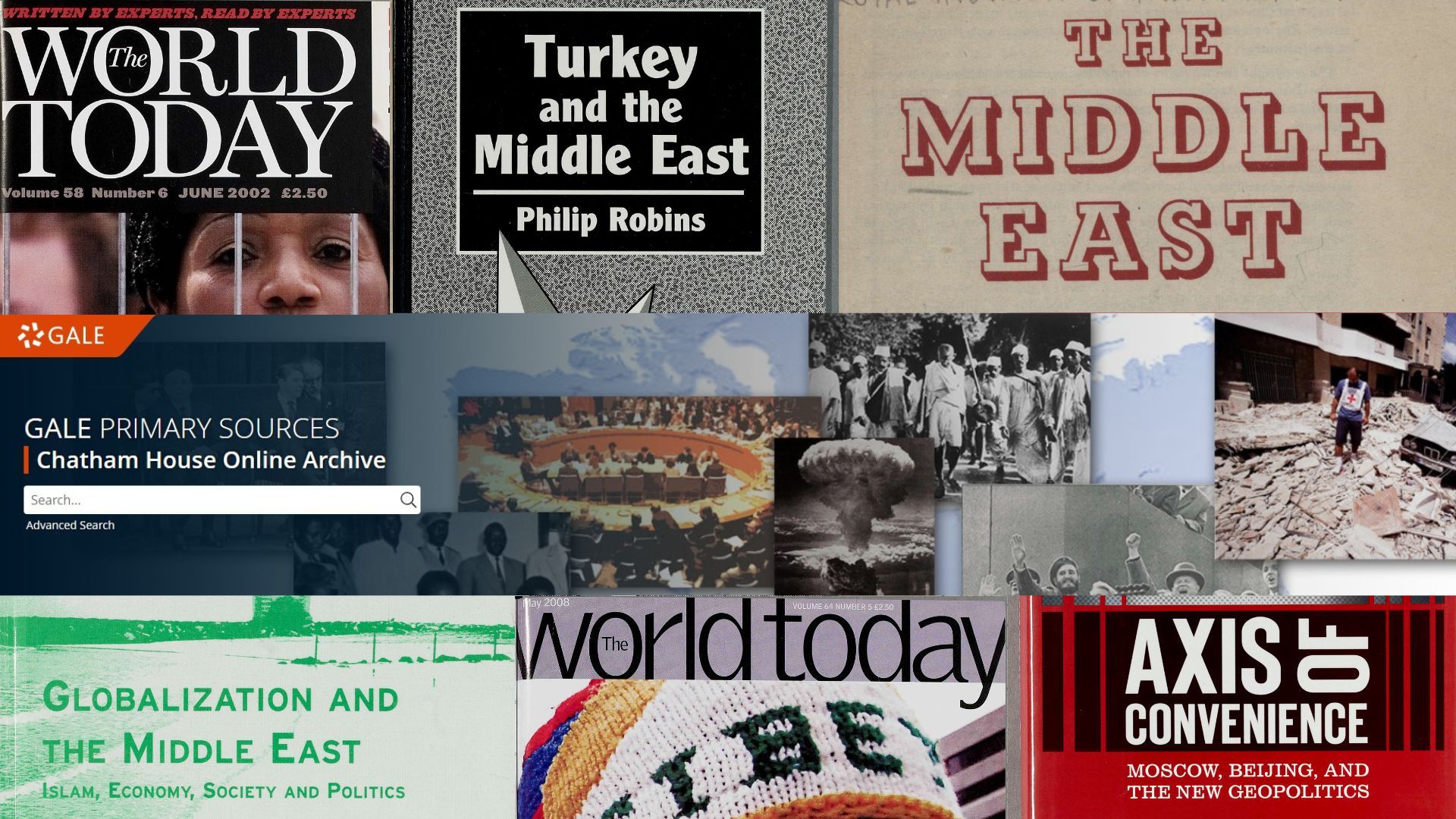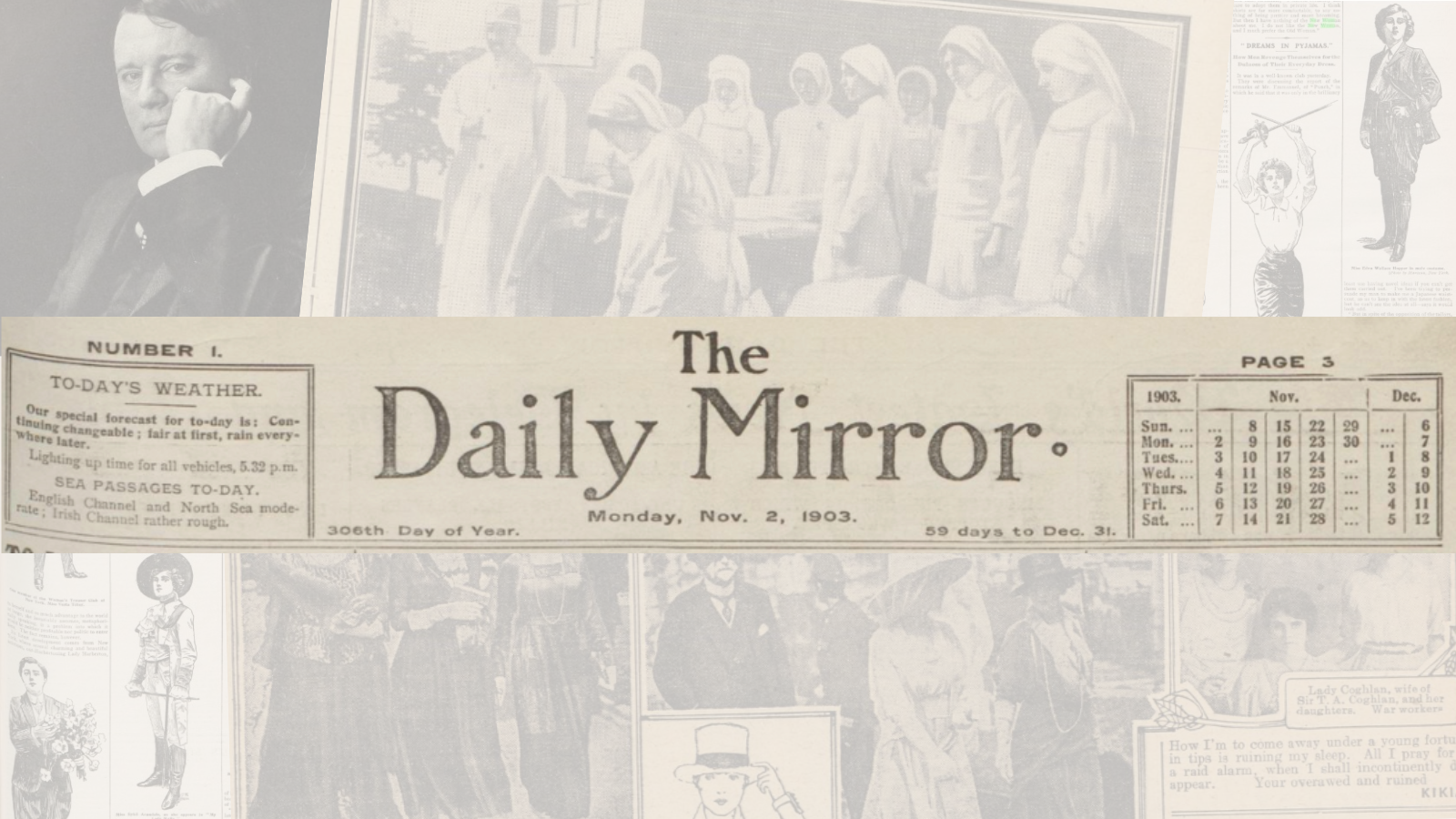│By Olivia McDermott, Gale Ambassador at the University of Liverpool│
In our contemporary world, visual media plays an increasingly important role in how we socialise, develop our opinions and create online personas. Though the ability to capture and translate the world around us into images can be dated back to the time of Aristotle, the invention of the photographic camera occurred in the early nineteenth century by Frenchman Joseph Nicéphore Niépce.
Over a period of just under two hundred years, the commercialisation of the camera now means that anyone can become a photographer. However, many scholars argue that such rapid technological advancement is leading to social changes that we are struggling to adapt to. For example, the pressures on people to only post perfect, airbrushed photos are causing an identity crisis, particularly amongst the youth; AI deepfakes are causing detrimental, psychological issues and the obsession with only sharing the good parts of life is leading to increasing reports of isolation.
As a young woman who has grown up in the digital age, I am more than aware of the ways in which social media infiltrates through to all areas of life. Living in an imaged-based society continues to overlap within the personal, relational, academic and professional spheres, but how did we get here?









